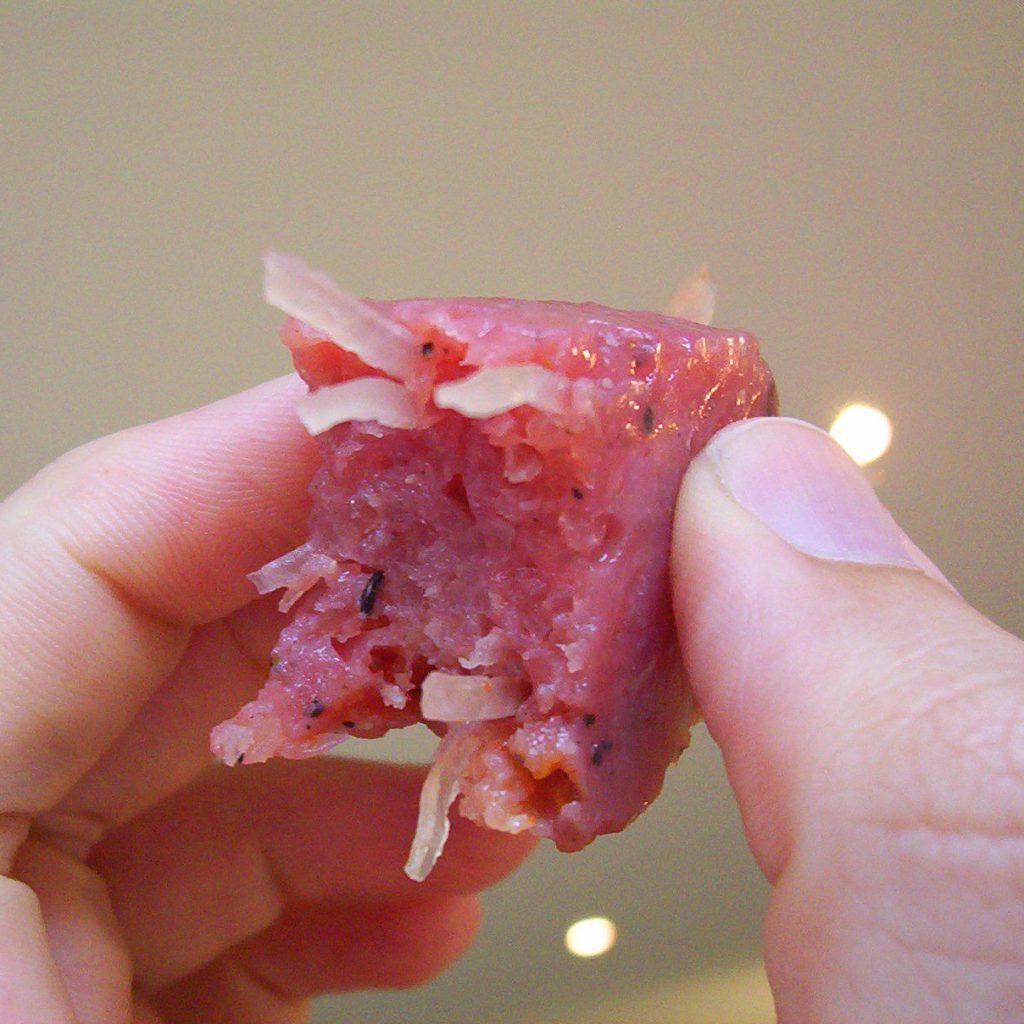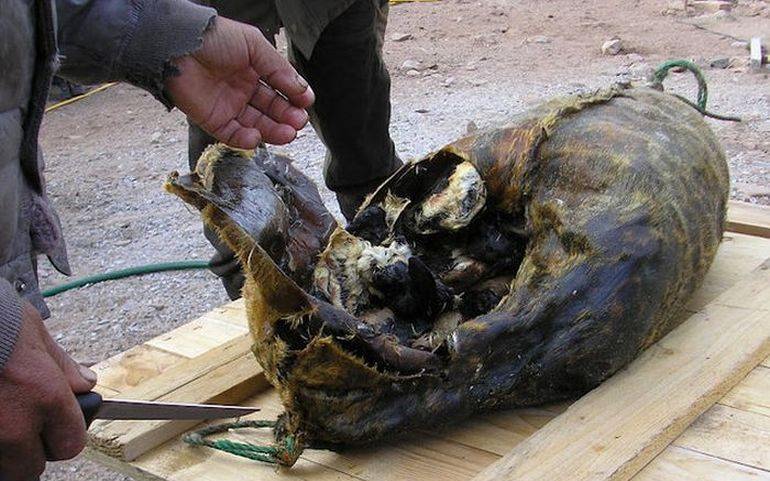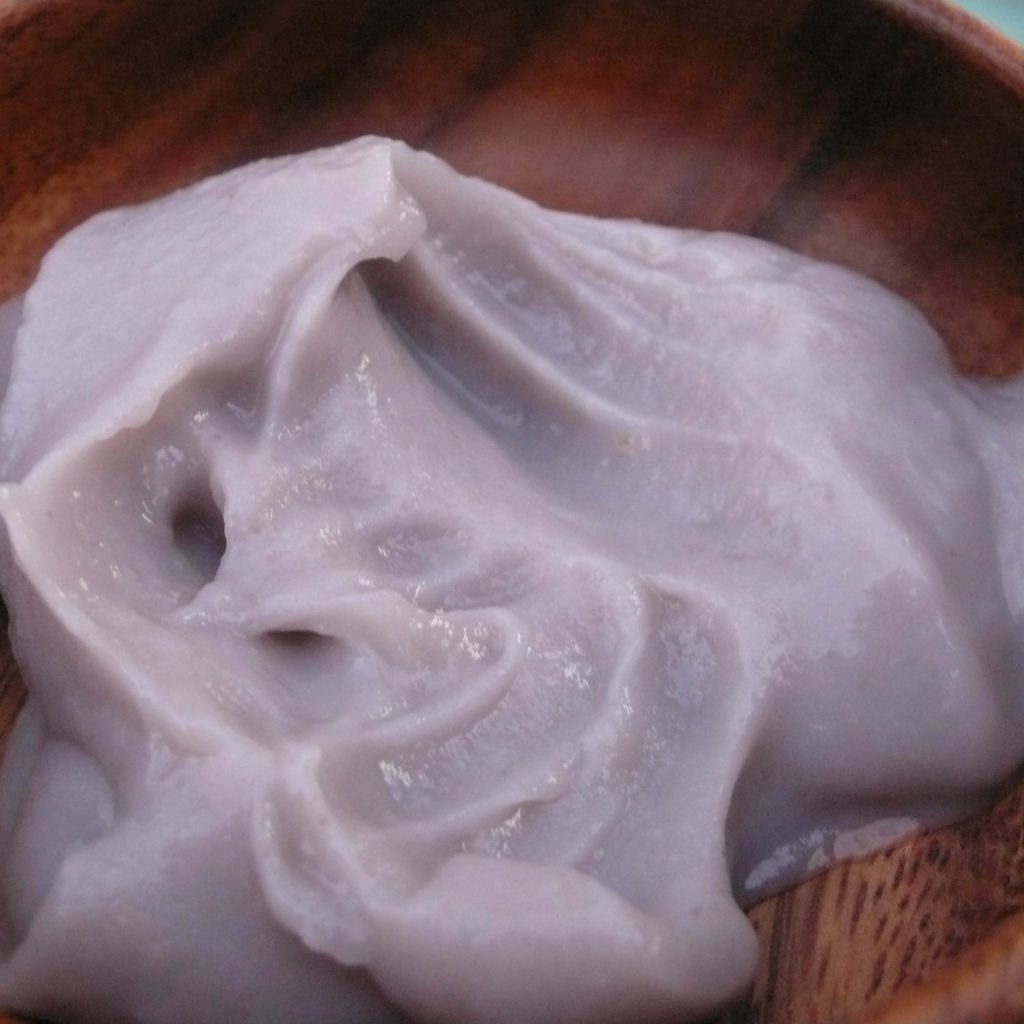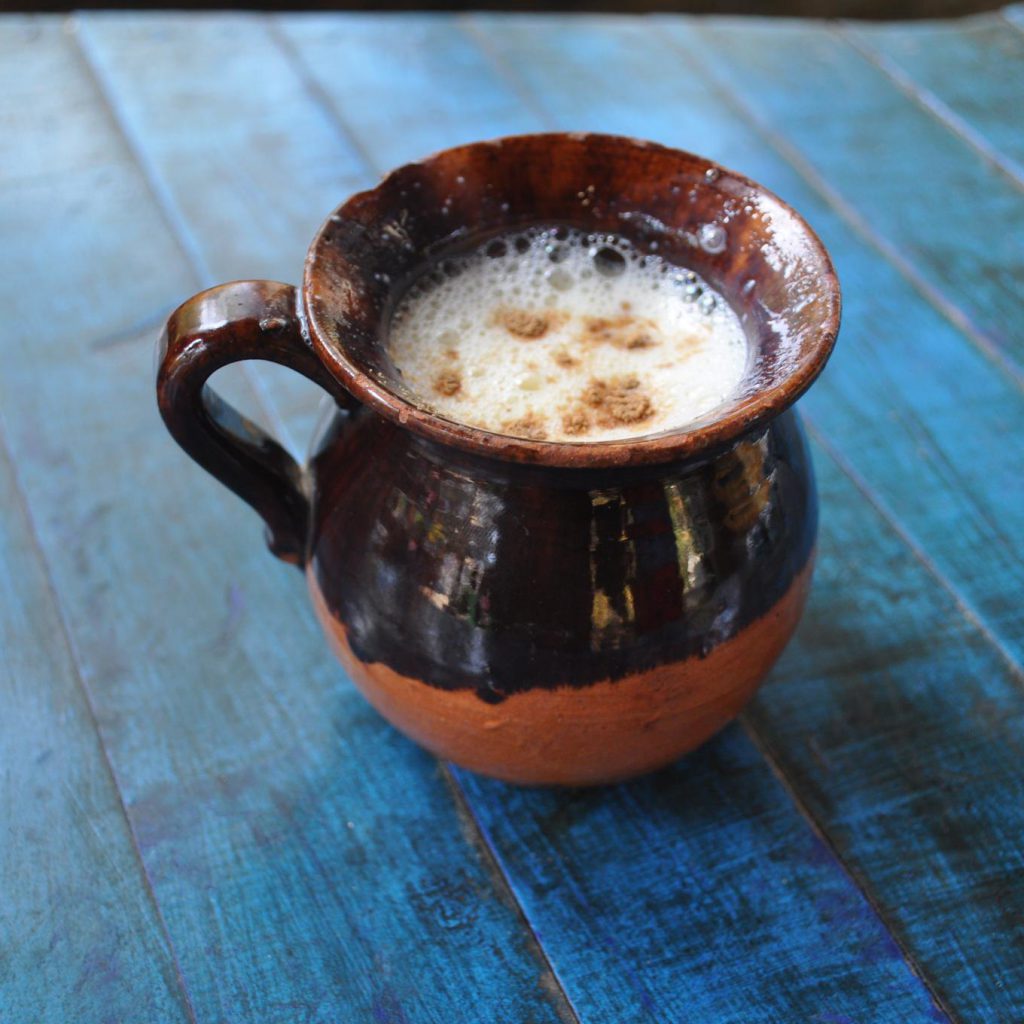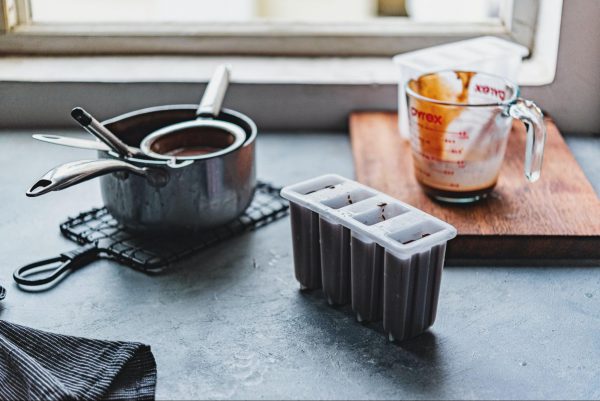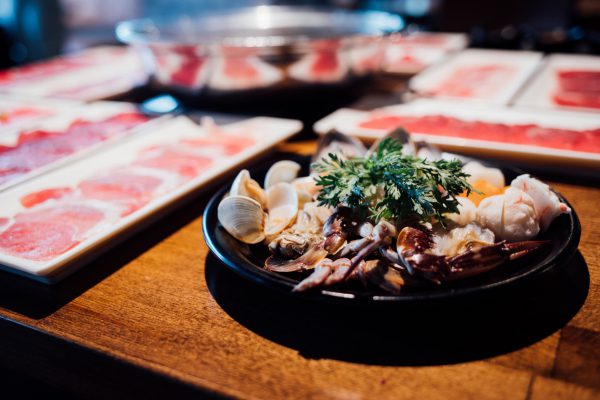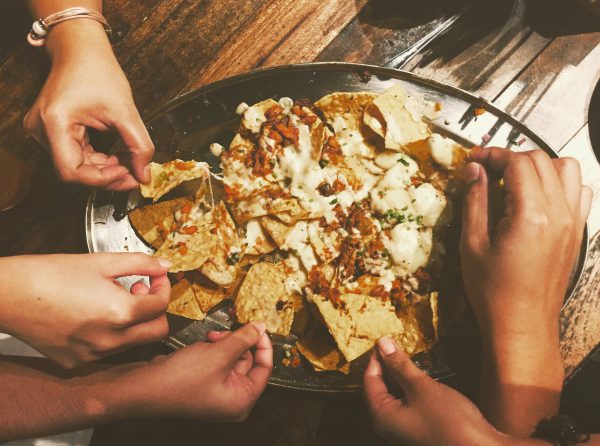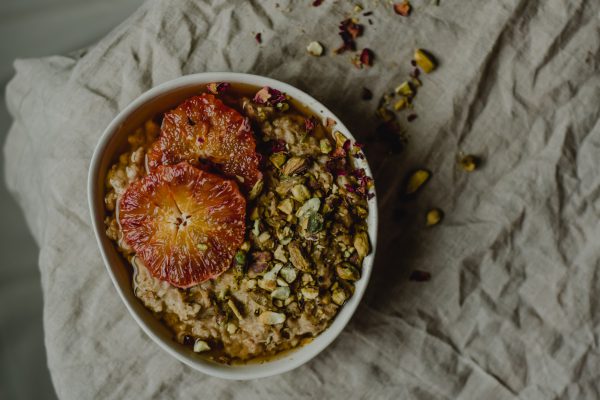Last Updated on December 23, 2022
What if I told you that your fridge contains something that’s over 9,000 years old? No need to ring the alarm, they’re quite friendly.
Fermented foods have been around since the beginning of time. Even though our ancestors didn’t know about the germ theory back then, trial and error — and most probably spontaneous action from time to time — has brought these funky gastronomic wizardries into the cuisines around the world.
Fermentation is the most efficient preservation technique, and by now, every culture on earth has a fermented staple, from the Japanese to the Aztec people. In this guide, we’ll be talking about these healthy, funky delicacies from around the world that will add zest and tanginess to your dishes and some friendly bacteria to your guts.
Let’s get started!
The Revival of Fermented Food
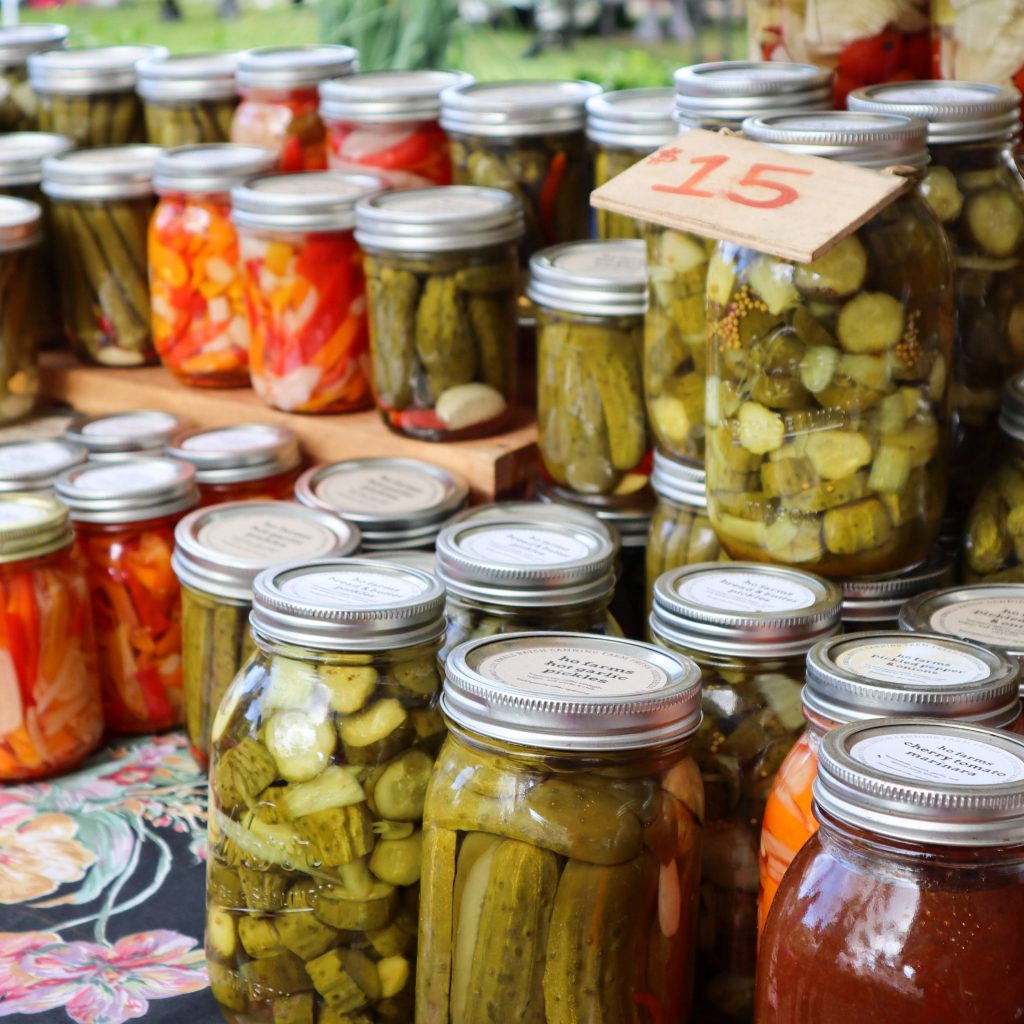
Fermented food recipes have been an important part of the human diet since ancient times, as far as 9,000 years back. In the modern era — especially in Western cuisine — they haven’t been as popular as they used to be, as a result of the advances in the food industry and modern preservation techniques.
Sure there are staples like pickles, yogurt, beer, and cottage cheese that play a major part in our diet, but the world of fermented foods is much more versatile and intricate for you to limit it to just a couple of products.
Fortunately, fermented foods are gaining popularity in the last couple of years thanks to their numerous nutritional benefits. Nowadays, fermented foods are referred to as therapeutic foods or superfoods.
And they are super beneficial to our health, thanks to their prebiotic and probiotic properties. They help balance out our IG track flora by fighting off the bad bacteria that feed off sugar — which we intake in gigantic amounts, compared to our ancestors’ diets.
Fermented foods also improve cardiovascular health, enhance the immune system, restore and improve gastrointestinal health, preserve urinary tract health, have anti-inflammatory influences, diminish blood pressure, protect vision… the list goes on. Numerous studies have been conducted on fermented food in recent years, and they all point in the same direction: fermented food is good. Even beer, in moderation, helps to improve the gut microbiome.
It goes without saying, fermented stuff is not only healthy but also delicious and a great way to enrich your palate. They are tangy, pungent, salty, and packed with delicious umami — yum!
So let’s take a look at fermented foods around the world. Perhaps you’ll find your next gastronomical obsession among them.
1. Miso – Japan / Korea
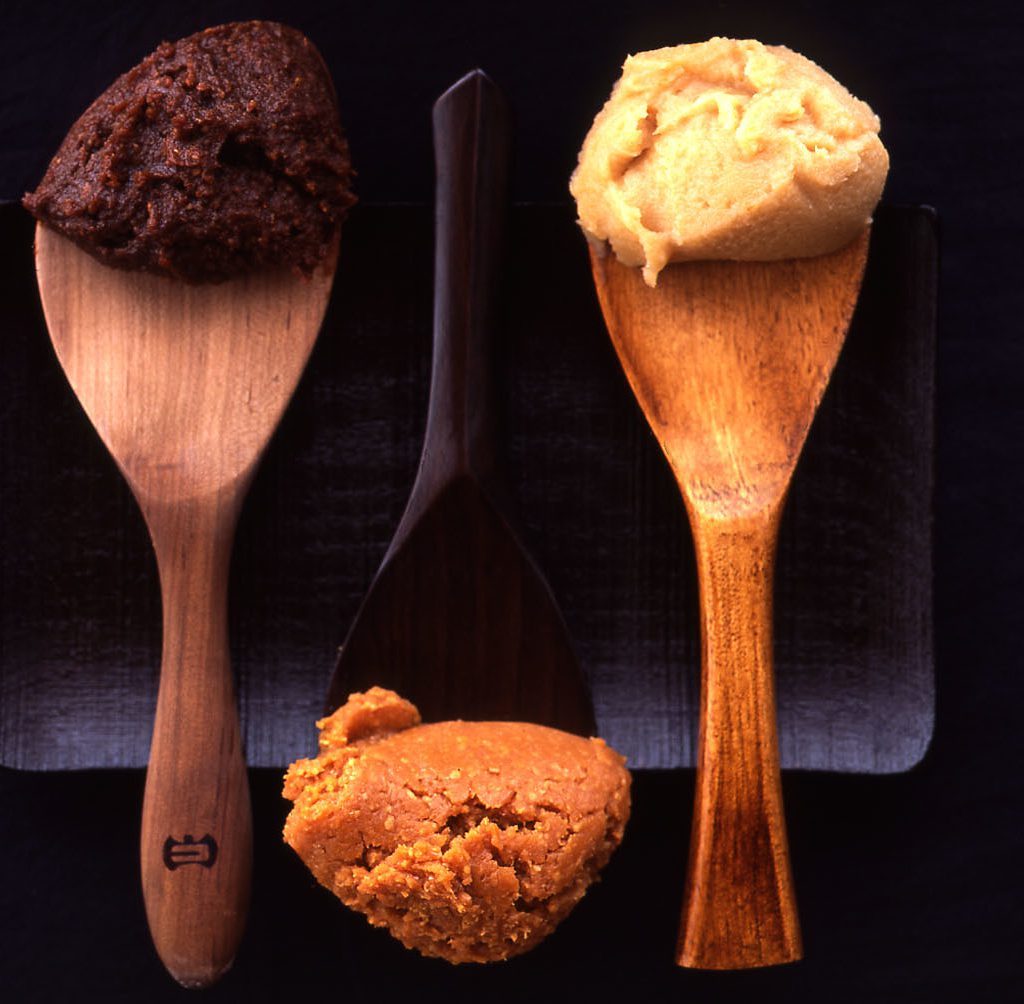
By brent.darby
Miso is a fermented paste made of soybeans and koji. Koji is a mold that grows on rice, barley, and soybeans, which means we have a kind of chicken and egg situation here. The mold breaks the soybeans’ cell structure over several months — in some cases, years — resulting in a tangy paste. It’s earthy, salty, and has layers of umami, just like its liquid cousin, soy sauce.
Miso paste is a condiment used in many Japanese dishes and becoming more popular in Western cuisine in recent years. You can find it added to stews, soups, stir-fries, salads, and even gyozas.
2. Sriracha – Thailand

Sriracha is a Thai hot sauce that can roughly be translated as “the glory of the king.” It’s made of fermented red jalapeno peppers and a combination of spices. Although it contains a considerable amount of hot peppers, sriracha is only moderately spicy, making it a safe and adventurous flavor, especially if you’re not used to extreme spiciness.
3. Kimchi – Korea
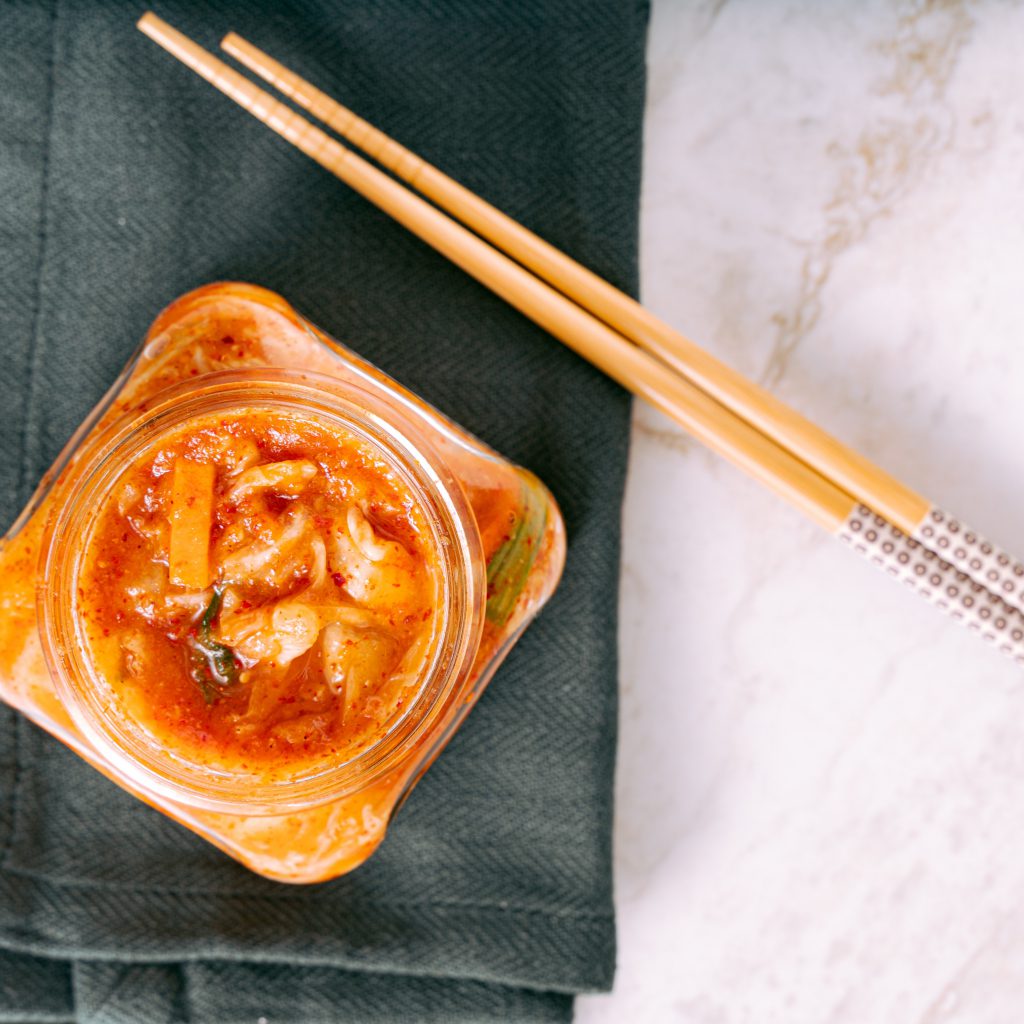
Kimchi is a very popular side dish in Korea. It’s made of salted and fermented cabbage and radishes mixed with chili paste, ginger, garlic, cayenne pepper, sugar, and fish sauce. The combination of rich aromatics gives kimchi its distinct kick. When you top that with the recognizable fish tang from the fish sauce, you get a truly unique side dish.
4. Nem Chua – Vietnam
Nem chua is a fermented pork dish from Vietnam, usually cut or rolled in bite-sized appetizers. The pork is cooked, pounded, and fermented, and served with raw garlic and chili peppers. Nem chua is like a carnival of flavors. It tastes sweet, sour, and spicy, thanks to the chili peppers it’s typically garnished with.
5. Puto Lason – Philippines
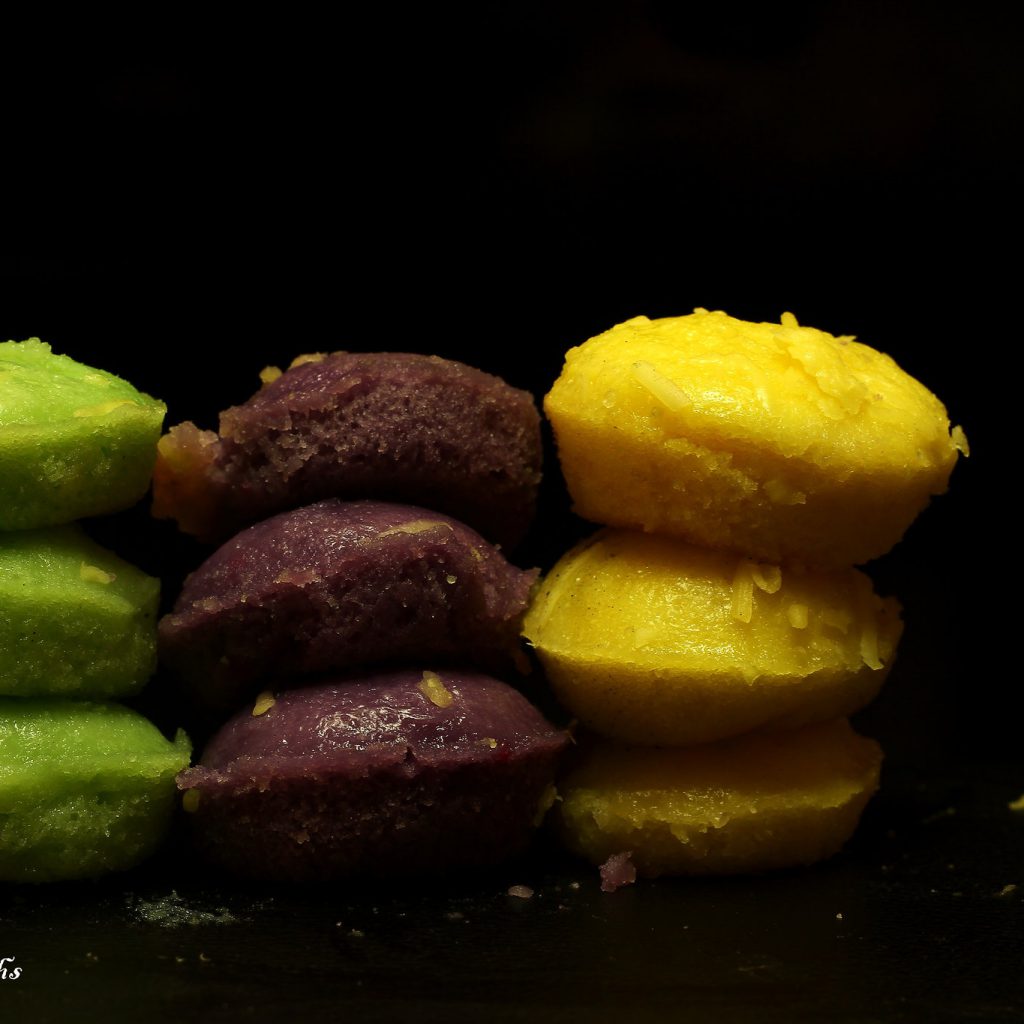
By MdCribVency
Puto is the name of a Filipino rice cake, and puto lason is its fermented cousin with a touch of tanginess and sourness. The rice is fermented for 1 or 2 days and made into bite-sized cakes. Fermented rice is not as pungent as fermented soybeans, which makes puto lason a refreshing side dish that you can sprinkle with coconut flakes and enjoy with a cup of coffee.
6. Douchi / Doubanjiang / Mianchi – China
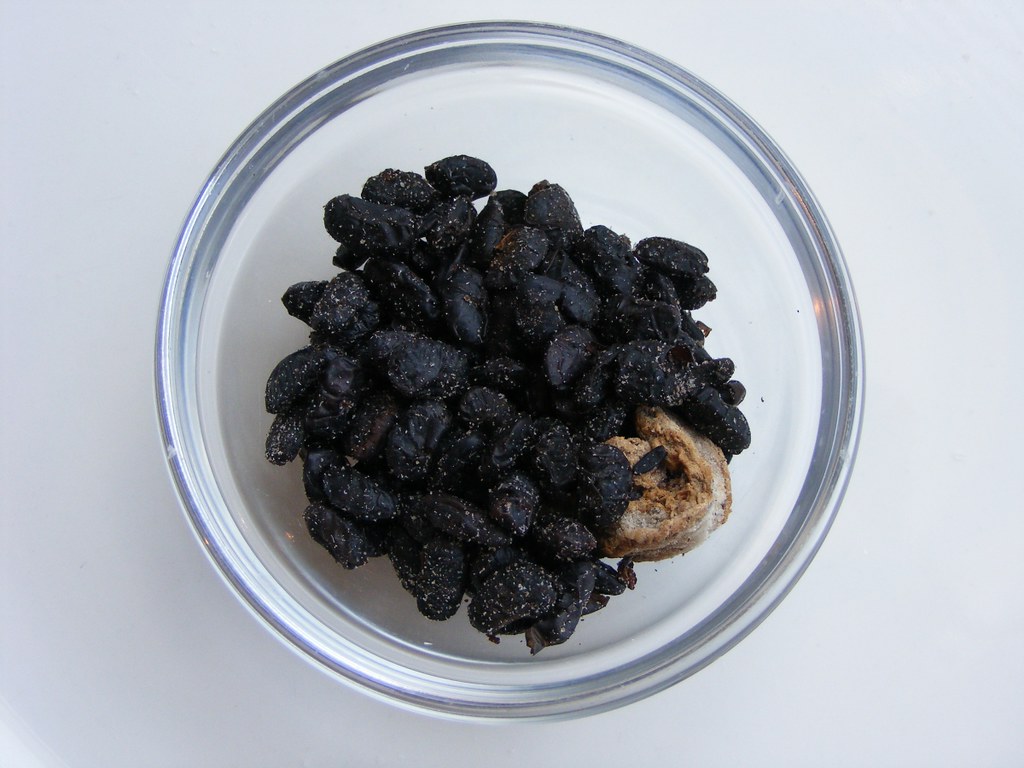
By Robin
Mianchi are salted and fermented black soybeans. To make mianchi, the beans are kept whole after fermentation, unlike miso. Then, mianchi can be pressed to be used as a base for condiments or as a garnish. The taste is sweet and sour, with tones of green mustard.
7. Sauerkraut – China
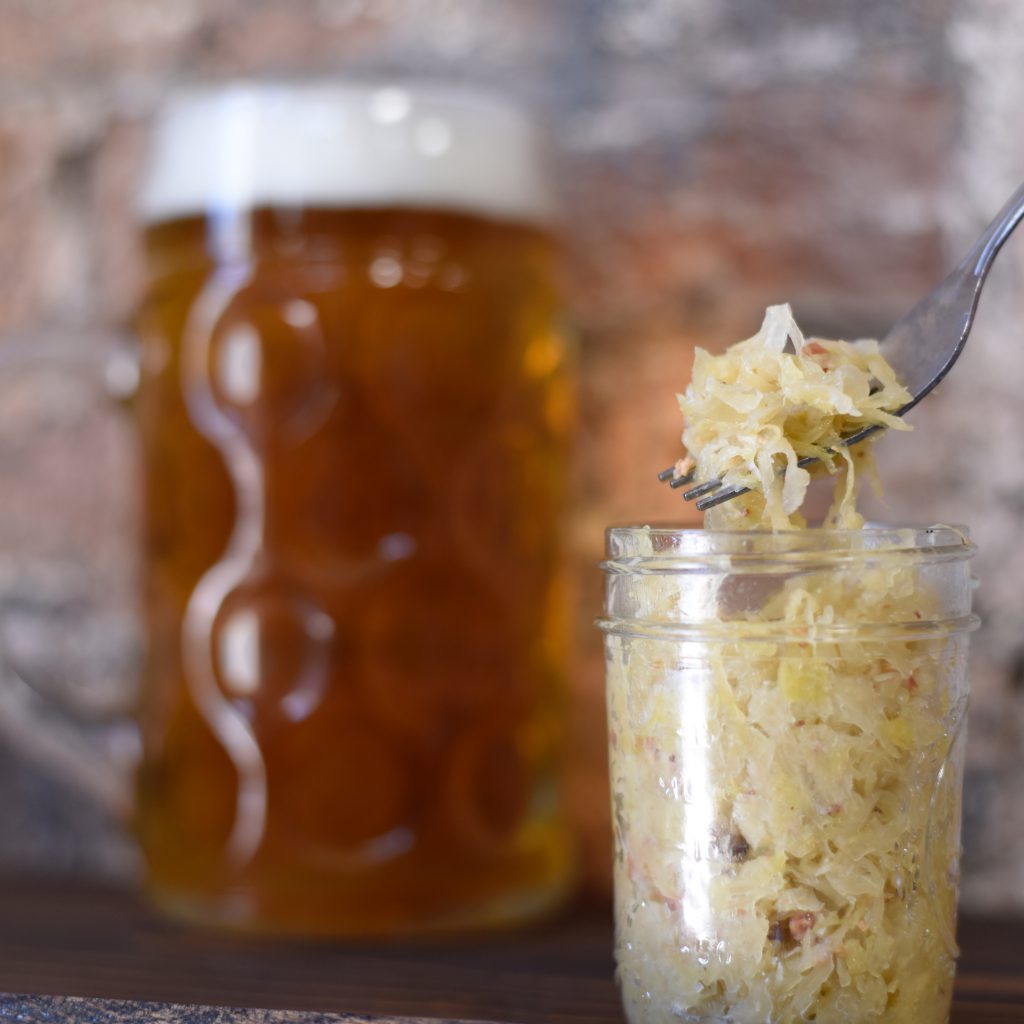
Sauerkraut means sour cabbage in German, but originally, it came from China. According to the story, the slaves who worked on building the Great Wall lived on a diet based on cabbage and rice. The combination of cabbage and rice wine created this delicacy that’s also cherished all across Europe today.
8. Chin Som Mok – Thailand

By takeaway
Northern Thai cuisine has a very distinct style from regular Thai cuisine with its landmark dishes like pad thai or tom yum goong. And chin som mok doesn’t disappoint you in that contest. Resembling the Vietnamese nem chua, its base is fermented pork meat with skin on and paired with sticky rice. Then the meat is wrapped in banana leaves and grilled.
9. Dhokla – India
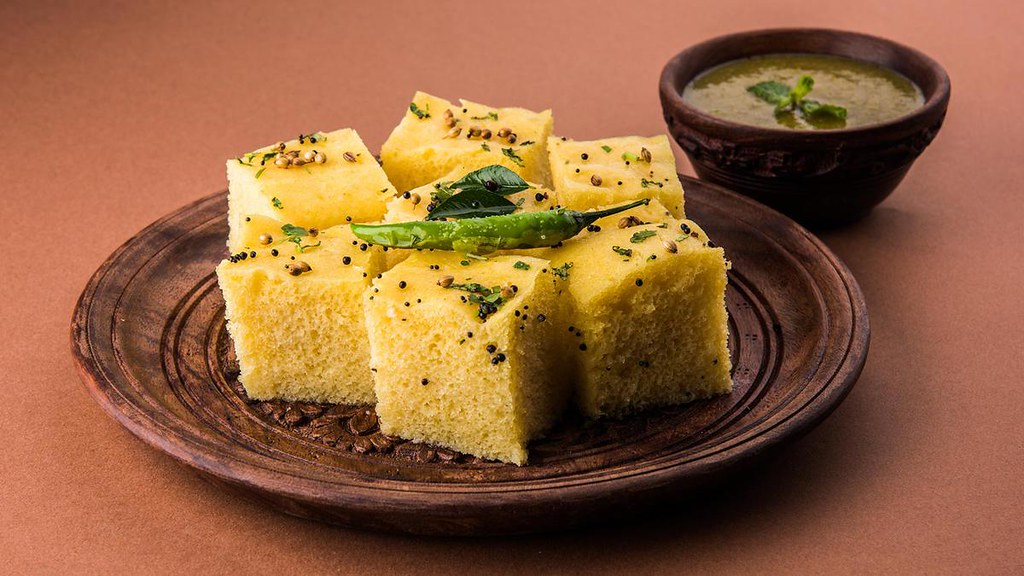
By rajesh shah
Dhokla is a vegetarian wonder — like many dishes in Indian cuisine — and it’s packed with umami. The batter obtained from various legumes, such as chickpea, pigeon pea, urad, and rice is fermented and molded into a cake with spices and lemon juice. The fermented legumes bring up a light flavor with a hint of sourness. Indians eat dhokla for breakfast or as an appetizer with lunch or dinner.
10. Kombucha – China
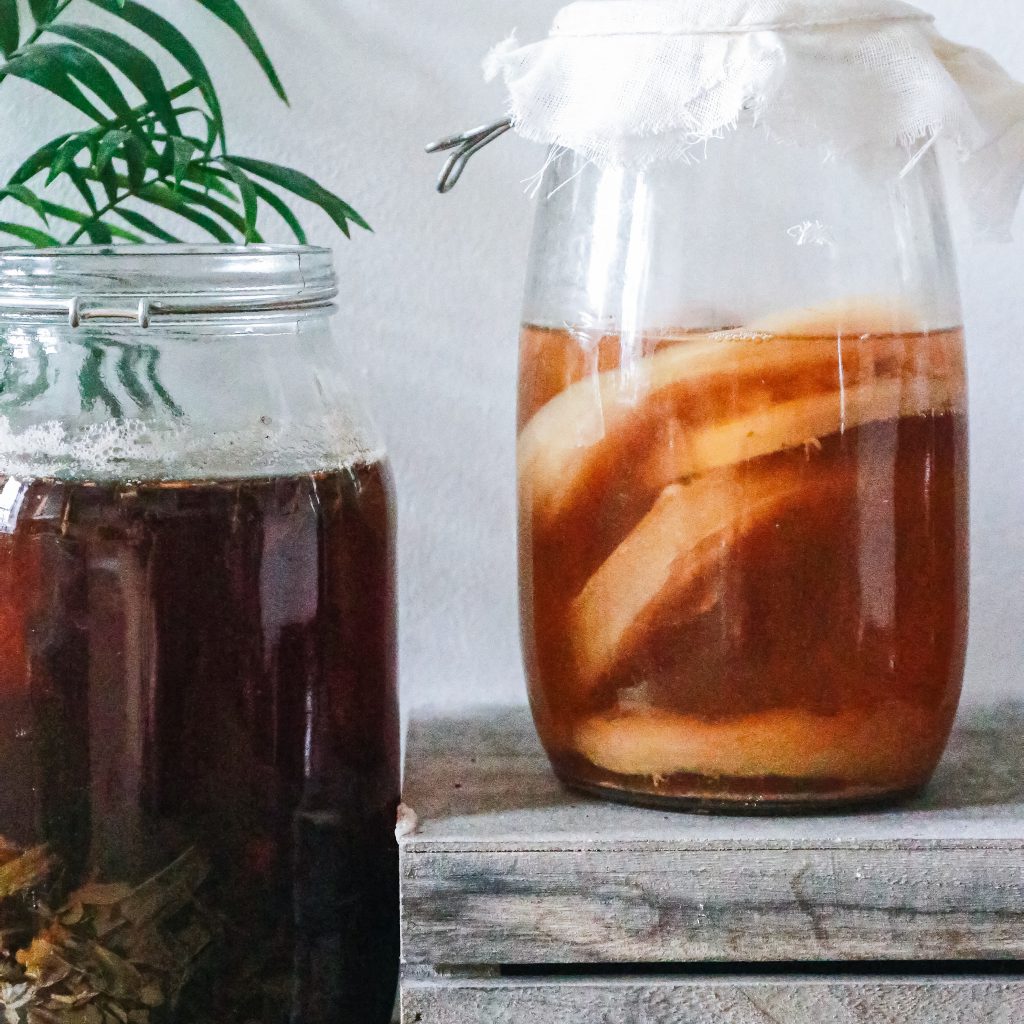
Kombucha is a fermented and sweetened tea often made of green or black tea leaves. We don’t know for sure where the first kombucha was made, but a very likely theory says it was invented in China and spread along the Silk Road, just like unfermented tea, also known by its other universal name: chai. A whole cult has developed around it in recent years, as westerners started learning about its health benefits.
11. Kvass – Russia
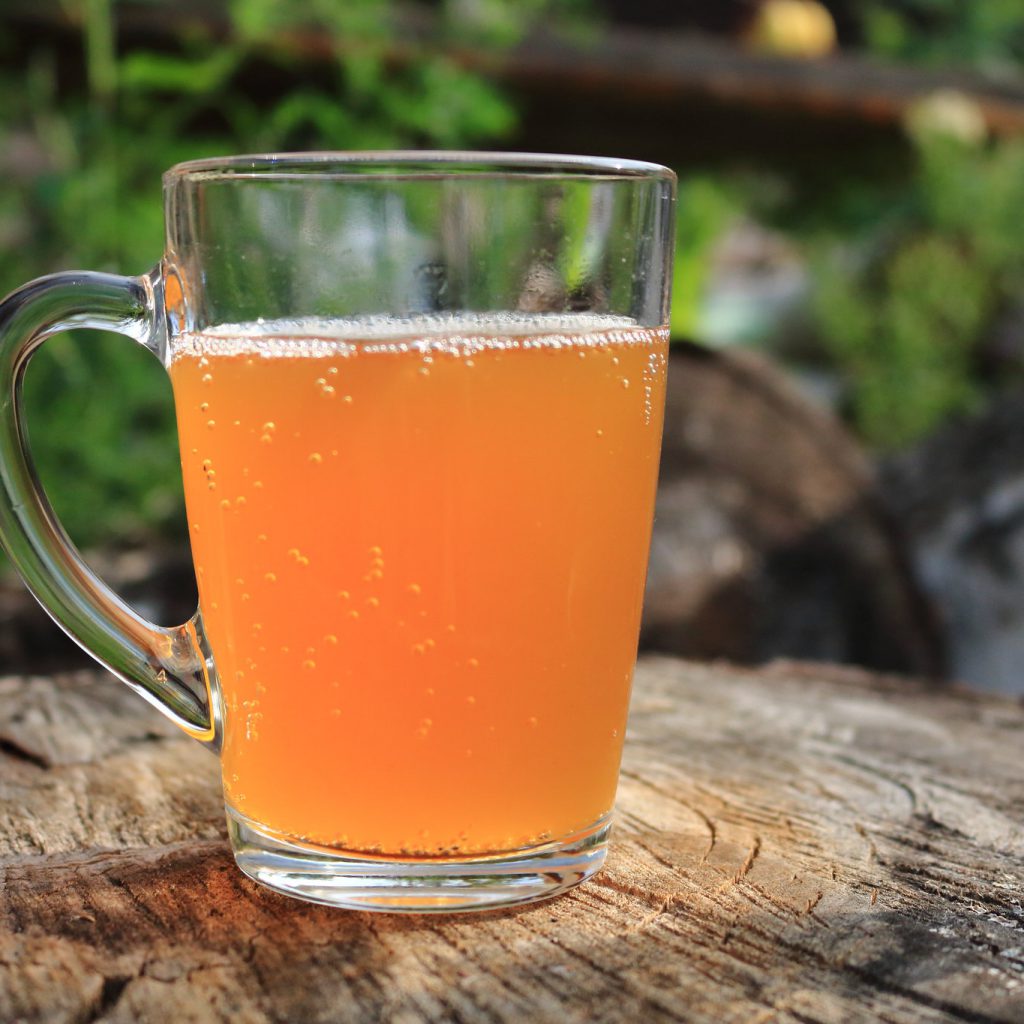
By Fedor Odegov
Kvass is a staple drink in Russia and Ukraine. It’s made by letting water-soaked black rye bread ferment with special yeast. It’s then sweetened with raisins or honey. It almost tastes like sweet alcoholic beer but only contains around 1.5% of alcohol — unless you don’t let it ferment longer, in which case the alcohol content might increase a little. Russians and Ukrainians consider it a non-alcoholic beverage, so it’s a drink for the whole family, children included.
12. Kefir – Caucasia
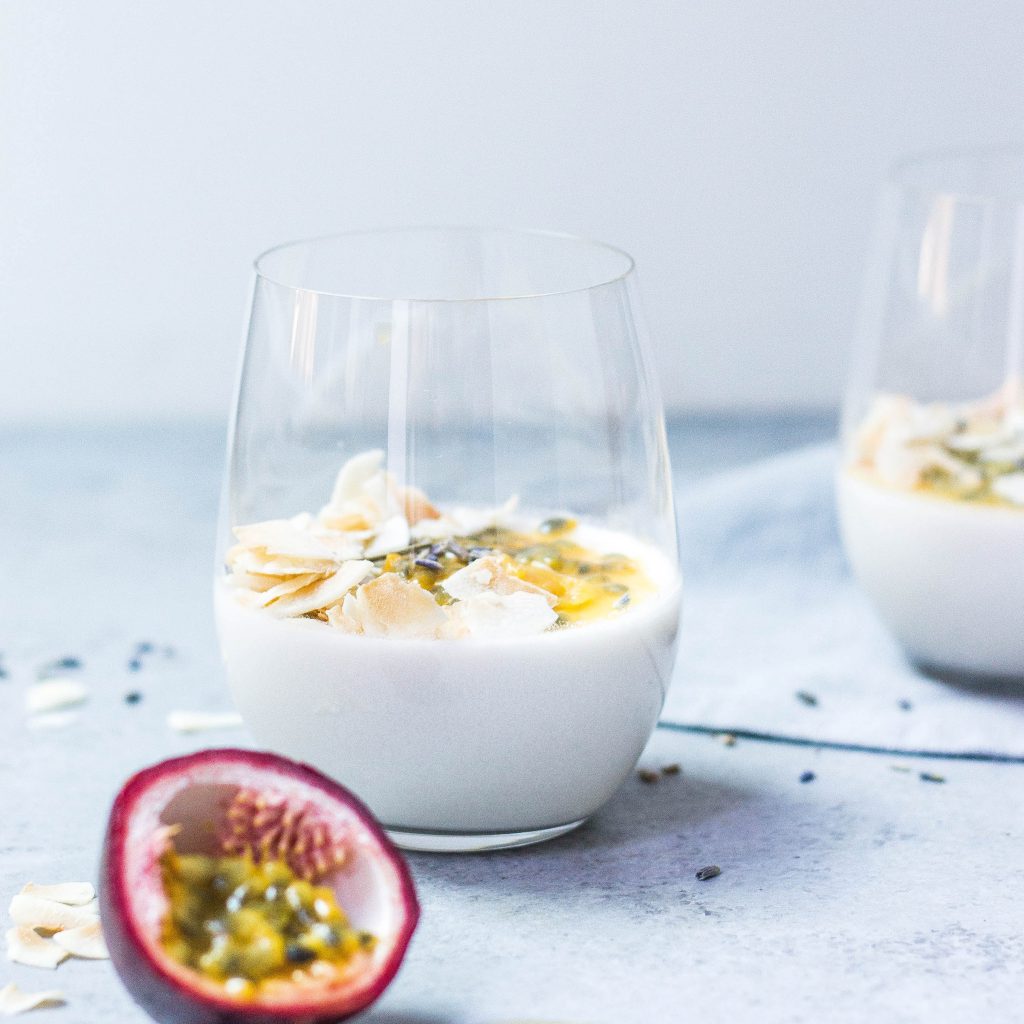
Throughout history, kefir has been consumed by many cultures around the globe, but the most documented story says it comes from the Caucasus Mountains. It’s made of fermented dairy milk with a certain kind of yeast, and it’s known for its health benefits. It resembles yogurt, but it’s thinner and tastes more tart, leaving a slight fizz on your throat.
13. Kiviak – Greenland
Kiviak is a traditional wintertime Inuit food. It’s quite an exotic recipe, even weird for some — but surviving a rough Greenland winter requires some Beyond the Wall measures. The ingredients are little seabirds called auks, or alle alle in the local language. The birds — with feathers, beaks, and everything — are sewn in seal skin and left to ferment.
Fun fact: up to 500 whole alle alle can fit in a seal. The fermented birds are eaten on special occasions during the brutal winter of Greenland.
14. Surströmming – Sweden

Surströmming means sour herring in Swedish, and it lives up to its name. It’s made of baltic herring — which is a smaller species than the regular herring found in the Atlantic Sea. The fish are salted just enough to prevent any rotting and left to ferment for 6 months. This gives the dish its unique, strong smell and pungent taste.
Surströmming is sold in cans, and opening one takes a lot of nerve as it has a very, to put it mildly, interesting smell — even the Swedish people restrain from opening it indoors. It’s consumed wildly in Sweden on the third Thursday of August, also known as Surströmming Day.
15. Kenkey – West Africa
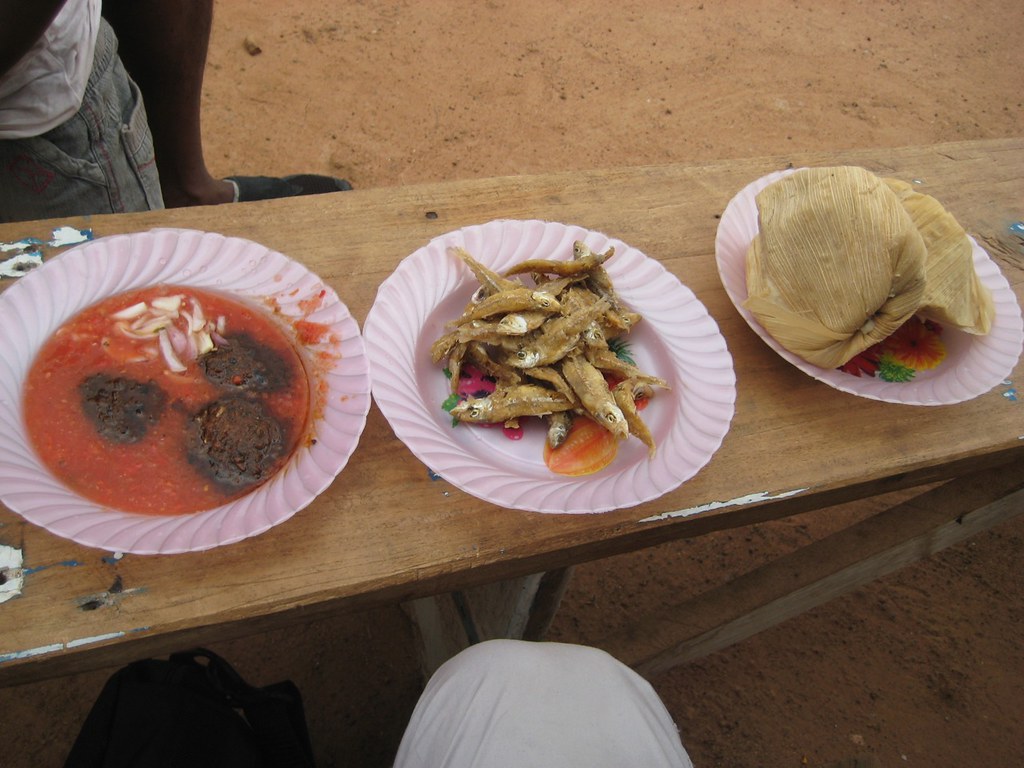
By Jeff the Reluctant Photographer
Also known as koneke and dorkinu, kenkey is made of maize soaked in water and fermented. You can find kenkey in Ghana, Guyana, Benin, Togo, and Jamaica with little local twists. Thanks to the starchy content of the maize, its taste resembles sourdough, and it’s served with a special hot sauce made of chili peppers and tomatoes called pepe, which you scoop up with a piece of kenkey.
16. Poi – Polynesia
Originally from the Marquesas Islands, poi is a staple food in Polynesia. It’s made of the taro plant’s corm that’s ground and cooked in water until it forms a sticky, thick paste. Poi can be eaten fresh when it’s light and sweet, but the Polynesians also leave it to ferment to get that funky flavor.
There are different variations of this staple dish around the Polynesian Archipelago and Hawaii, and it’s usually considered sacred. It’s believed that the ancestors come to visit every time the family sits down to eat poi, and at that point, any argument between the family members has to be resolved out of respect.
17. Atole – Mexico
Atole is a pre-Hispanic drink. Its base is corn masa, a very thin flour made of fermented dried kernels and aromatics. Masa is diluted with water and mixed with various fruits and nuts. It’s a mixture of salty, tangy, and fresh flavors, all in one glass. It is usually consumed warm for breakfast, but you can give atole a try at any time of the day.
Stay Funky!
If you haven’t tried any fermented food besides regular yogurt, cheese, and the occasional pickle, this is your chance to incorporate these funky delicacies into your diet! Fermented food will enrich your palate, increase your well-being, and make you appreciate different cuisines with every bite you take.
Since fermentation is a technique as old as time, there are numerous recipes around the world waiting to be dug up. So whether you’re an adventurous foodie or a comfort food lover, there’s a perfect fermented dish out there for you, ready to be discovered!


